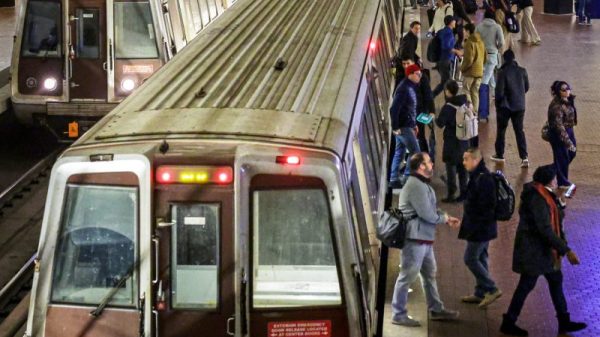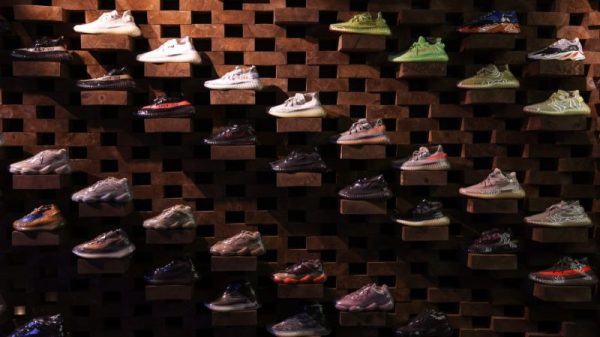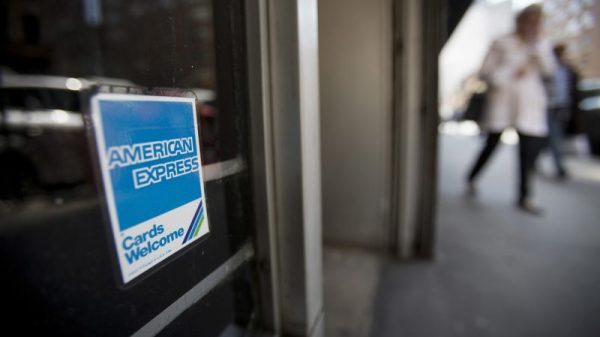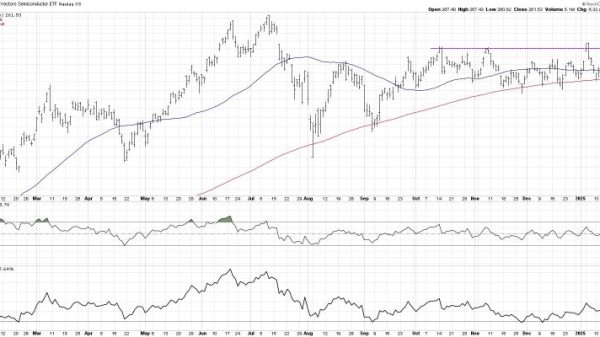The banging on the door started just after sunrise, when law student Iftekhar Alam was still sleeping in his fifth-floor apartment.
Around half a dozen armed police officers pushed inside, shouting obscenities and telling him he had wronged the nation of Bangladesh.
“Where is your phone? Where is your laptop?” the officers shouted as they pointed their guns at him and searched his apartment, Alam said. “They were like crazy, really crazy.”
“They put me in the black glass car, and right away, they handcuffed me. They blindfolded me,” he said.
Alam believes he was taken to Aynaghor, known in Bangladesh as the “House of Mirrors” – a notorious detention center at the headquarters of the Directorate General of Forces Intelligence (DGFI) in the capital Dhaka.
Human rights groups say hundreds of people were tortured there during the 15-year rule of former Prime Minister Sheikh Hasina, who resigned in August after weeks of protest.
After Hasina fled the country by helicopter, some of the political prisoners detained in Bangladesh’s shadowy prison system have been freed and have started to reveal what took place there.
‘My life will end here’
Alam, 23, had been part of anti-government protests since they began in early July, and was close friends with one of the main protest leaders.
The protests started as student-led demonstrations against government job quotas, then later exploded into a nationwide movement to expel Hasina after she ordered a deadly crackdown, killing hundreds of people in Bangladesh’s worst political violence in decades.
During the interrogations, Alam said he was pressured to reveal the locations of the protest leaders. His captors threatened to “vanish” and kill him if he didn’t.
In detention, he says security personnel tortured him for hours – they beat him all over his body with metal pipes until they broke bones in his foot, then forced him to walk around in circles over and over, making him vomit from the pain.
They also extinguished cigarettes on his hands and feet, screaming at him that he would be punished further if he cried out in pain – calling it a “game,” he said.
Alam said his interrogators told him that the next phase was electric shocks and waterboarding – and gave him a “sample” of the electric shock on the back of his neck as a warning.
“There is no escaping from this, and my life will end here, and no one will know,” he said, reflecting on his mindset during those hours.
Rights groups say he’s far from the only victim.
During Hasina’s rule, detainees were subjected to torture at a network of other secret centres across the country, run by the Rapid Action Battalion (RAB) and the Detective Branch of the police, according to Odhikar, a Bangladeshi human rights organization.
The RAB – a joint taskforce composed of the police, military and border guards – was sanctioned by the United States in 2021 for its alleged involvement in “serious human rights abuse.”
Odhikar estimates that 709 people were forcibly disappeared under Hasina’s rule. Some were later released, sentenced or found dead – 155 are still missing.
“Bangladeshi law enforcement agencies and security forces systematically committed enforced disappearances” mostly targeting “academics, journalists, dissenting voices, and political activists” which created a “climate of fear in the country,” Okhikar said in a statement on August 29.
International rights groups like Amnesty International and Human Rights Watch have also published multiple reports documenting disappearances and torture by police and other security forces during Hasina’s rule.
Nobel Peace Prize Laureate Mohammed Yunus – who is leading the new interim government – has announced the creation of a commission to investigate the “disappeared” people, and has invited a UN fact-finding team to Bangladesh to independently probe alleged atrocities committed during the recent protests.
“The issue of enforced disappearances has a long and painful history in Bangladesh,” said Ravina Shamdasani, spokesperson for the UN High Commissioner for Human Rights.
“The UN Human Rights Office looks forward to supporting the Interim Government and people of Bangladesh at this pivotal moment to revitalise democracy, seek accountability and reconciliation, and advance human rights for all the people in Bangladesh.”
Hours after Hasina fled and her government collapsed – and within 24 hours of his capture – Alam said he was released.
His captors dropped him on a quiet road before dawn, threatening to shoot him if he opened his eyes as they drove away.
Nearly one month after his release, Alam has had the plaster cast on his foot removed, and he is now moving around on crutches.
But he says the mental scars will take much longer to heal.
“It was like (a) nightmare,” he said.
Targeting protest leaders
Nusrat Tabassum – one of the most senior women coordinating the protest – was also pursued by the authorities.
“(It was a) very traumatic time for me,” Tabassum said. “They broke three doors. They took me with them, and oh my god, the physical torture, that was miserable.”
Tabassum says she was badly beaten during five days in detention from July 28 to August 1. She re-joined the protests the day after her release.
The 23-year-old political science student attends the prestigious Dhaka University, which became a central gathering point for the protests in July and early August.
On the university’s manicured campus sits Curzon Hall, a British colonial-era building surrounded by palm trees that offers an oasis away from the chaotic streets of the capital.
As Tabassum walks through the building’s historic arches, it’s clear that her bravery has turned her into a poster child for the movement.
Fellow female students occasionally stop her to take selfies and ask about her time in detention.
“Our reunion will be at Aynaghor,” one shouts at her as she walks past – a sign of how many of the students spent time at detention centers. “Aynaghor” or “House of Mirrors” has morphed into a catch-all term for the various places political prisoners were held.
Tabassum says she was beaten for more than four hours, covering her in bruises, filling her mouth with cuts, and bursting her ear drum.
“Without (a) hearing aid, I can’t listen in my right ear,” Tabassum said. “Two teeth (became) loose because of the beating.”
During her detention, she was forced to make a joint confession with five other student leaders which was broadcast on television.
“They forced us to make a video statement that we stopped our protest, and there will be no more movement,” she said.
Making that video was “more traumatic” than the beatings, she said, because she feared the people of Bangladesh would feel betrayed.
“That was the most sad thing,” she said.
Bangladesh 2.0
Tabassum said that when word spread that Hasina had resigned her post, ending her authoritarian grip on the country, protesters felt their sacrifice had been worth it.
“I cried a lot after I heard the news,” she said. “It was like I lived for that moment my whole life.”
As she continues her recovery, Tabassum says she’s struggling with memory loss, and has trouble recalling events that occurred even before the beating.
But she is determined to help shape the new country – or “Bangladesh 2.0”, as people here call it.
Protest art and murals now line the streets of Dhaka with striking pop art-style designs and slogans such as “long live resistance,” “let your dreams fly,” and “this is new Bangladesh, made by Gen Z.”
The streets are alive with renewed optimism and civic pride – with micro-protests popping up across Bangladeshi cities, as interest groups try to make their voices heard during the reform process.
Previously, many people were too afraid to protest on the streets for fear of arrest or being “disappeared” under the time of Hasina.
But now even families are on the street, campaigning for the release of victims caught in Bangladesh’s shadowy detention system.
There’s cautious optimism that the country will change under new leadership, but some remain wary, as instability pervades every sector of society.
Yunus, the interim leader, has asked the public for patience as his team tries to address “mountain-like challenges” after “15 years of fascist rule.”
The students who brought him to power believe that he will uphold the country’s best interests.
Yunus has “guardian vibes,” Tabassum said.
“He cares about us, he cares about my country,” she said. “We like to keep our trust in him.”
But she acknowledges that “post revolution reformation is very hard.”
“My country is sick,” she said. “But our people, we (will) stand together.”


































